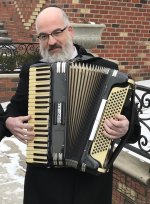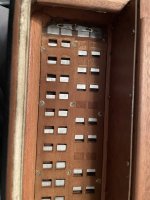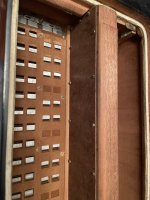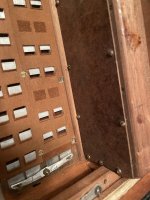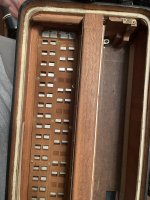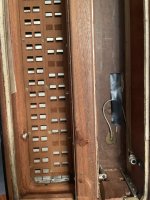danp76
Active member
I’m guessing from the 50’s? I haven’t seen one with a wooden chamber, seems rare? A few of the bass reeds read “ Brevettato. I don’t see a name on any of the treble reeds. This will need wax and leather, tuning.
Attachments
-
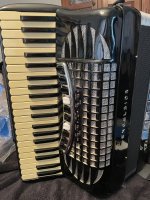 IMG_1401.jpeg440.8 KB · Views: 51
IMG_1401.jpeg440.8 KB · Views: 51 -
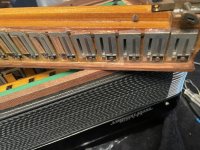 IMG_1416.jpeg392.7 KB · Views: 47
IMG_1416.jpeg392.7 KB · Views: 47 -
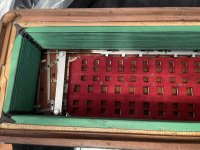 IMG_1413.jpeg355.5 KB · Views: 45
IMG_1413.jpeg355.5 KB · Views: 45 -
 IMG_1419.jpeg383.6 KB · Views: 46
IMG_1419.jpeg383.6 KB · Views: 46 -
 IMG_1425.jpeg321.6 KB · Views: 49
IMG_1425.jpeg321.6 KB · Views: 49 -
 IMG_1430.jpeg429.5 KB · Views: 55
IMG_1430.jpeg429.5 KB · Views: 55 -
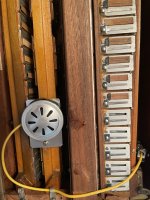 IMG_1404.jpeg429.4 KB · Views: 56
IMG_1404.jpeg429.4 KB · Views: 56 -
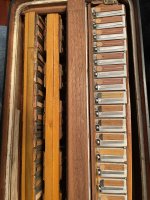 IMG_1405.jpeg461.6 KB · Views: 56
IMG_1405.jpeg461.6 KB · Views: 56 -
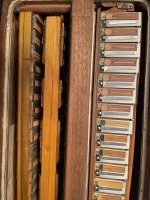 IMG_1403.jpeg467.8 KB · Views: 50
IMG_1403.jpeg467.8 KB · Views: 50 -
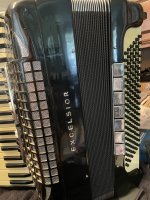 IMG_1402.jpeg446 KB · Views: 52
IMG_1402.jpeg446 KB · Views: 52


